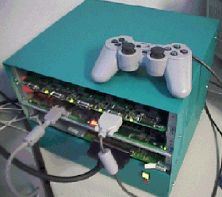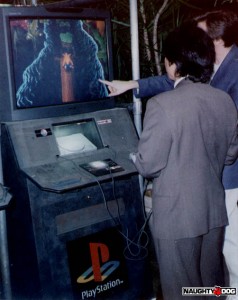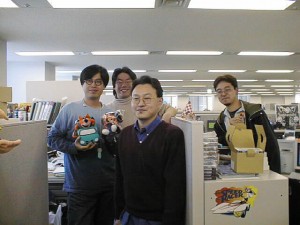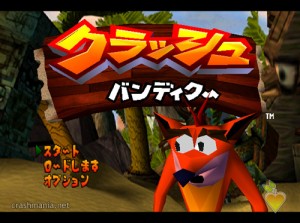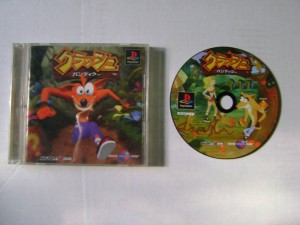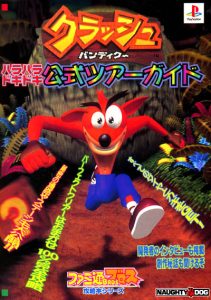Restaurant: Kimukatsu
Location: 2121 Sawtelle Blvd, Los Angels, CA 90025. 310-477-1129
Date: January 13 and October 20, 2014
Cuisine: Japanese Pork Cutlet
Rating: Tasty fry
One of the first things I noticed spending a lot of time in Japan was that restaurants specialized. I mean, really specialized. Some served sushi. Some served BBQ eel. Some tempura. Some Udon. And, of course, some served Tonkatsu, or deep fried pork cutlet. This is traditional accompanied by cabbage and its own special sauce.

Condiments like sauces and salad dressing.

Unlimited cabbage and a tangy vinaigrette, surprisingly tasty (plus, traditional).

Taco Yaki. Translates more or less as “Octopus fried yummy”. This was literally the first food I had in Japan. Fresh off the plane 25 years ago I got some on the street — and burned my mouth badly with the 212 degree temp. This wasn’t as hot, but it tasted pretty much the same!

Traditional Japanese pickles, which you eat with the rice. I love these guys actually.

The cute little pork cutlet. Check out that fuzzy fry.
I ordered the “cheesy cutlet”. Layers of folded pork with a bit of cheesy goodness in the center. The meat is unusually folded, and therefore lighter and fluffier. I’ve had this a bunch in Japan and it’s generally much denser and more chewy.

Here is a bit with the tangy (tamarind based?) tonkatsu sauce, which cuts the fat.

Curry Tonkatsu. The fried pork cutlet is on rice, but surrounded by an island of rich Japanese curry and accompanied by crunchy pickles and miso soup. This was one of the best curry rices I’ve had not only was the cutlet fabulous, but the curry was perfectly done and smooth and the pickles extra lovely.

Yuzu sorbet hit the spot — and it was free with a Facebook like, certainly no hardship.
This is a nice little spot, focused, as is typical in Japan, but certainly serving up top flight Tonkatsu in a way both traditional and souped up.








